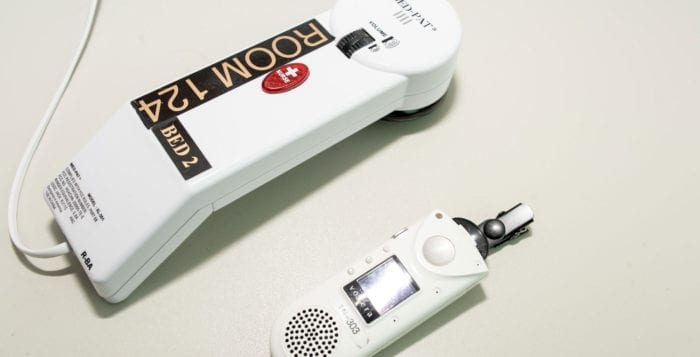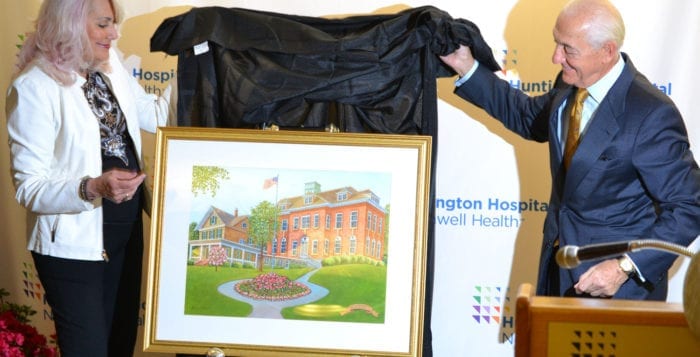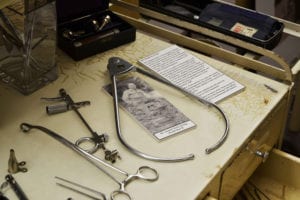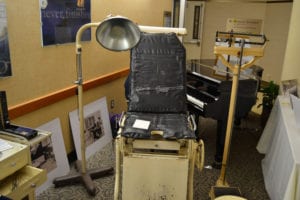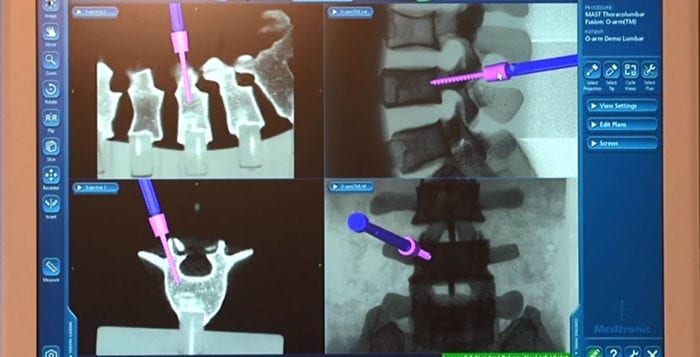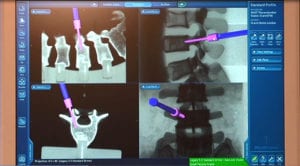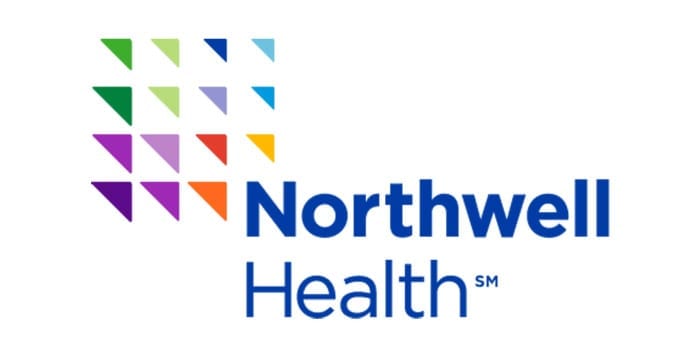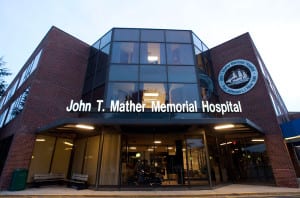Huntington Hospital is breaking new ground in patient care with the Nightingale phone, a communication system that helps put patients in connection with nurses quicker than ever before.
The hospital has been piloting the new phone in the oncology wing of the hospital since 2015, and has seen a significant improvement in patient care and a decrease in wait time from when a patient calls for a nurse and when the nurse arrives to give treatment.
Patients are raving about the new invention.
Mary Ellen Cantone, a patient at the hospital, said the response to her call was immediate.
“I hit the button and someone was talking to me instantly,” she said in a statement. She said once at 2 a.m. she called for her nurse for ice chips, and the nurse came in right away with them.
“It has really improved nursing care and nursing work.” — Shanell Blanchard
“It’s a wonderful thing to use, it saves them time and they just know everything,” Cantone said. “They’re the best nurses here, and God picks the nurses for this floor, the oncology floor.”
The phone, created by Marie Roggenkamp, nurse manager at Huntington Hospital, has a red nurse button on the back that, when pressed directly, calls the device the patient’s nurse is wearing so that the patient can talk to his or her nurse immediately without the typical wait time.
Stephen Smith, manager of site communications at the hospital, worked with Roggenkamp to create the phone, which is an improvement from the call bell system hospitals use now.
“The call bell system requires a nurse to be close enough to hear the call bell or see the light go off outside the patient’s room, and may take longer to get a response,” he said in a statement. “This allows the patient to connect with the nurse no matter where they are on the unit.”
Roggenkamp said she saw success in patient satisfaction scores in the oncology wing after the Nightingale was implemented back in July 2015. She said call bell responses could take anywhere from seven to eight minutes, but with the Nightingale, a nurse could be in the room with medication within two minutes.
One of the most important features of the Nightingale phone is the call forward feature.
A concern with having nurses wear a device that can immediately connect them with a patient is the opportunity for increased error if the nurse is already performing a procedure when a call comes from a new patient.
“In the event a nurse is hanging chemotherapy [drugs from an IV], she can have a call [from the Nightingale] forwarded to a nursing assistant,” Roggenkamp said. If the assistant is also busy, the call will then go to the nurse manager, and then the call desk.
This pilot program is also cost effective; to add a speed-dial button to the hospital phones only costs an extra 50 cents.
The nurse manager said Huntington Hospital hopes to have the Nightingale phone installed in every unit by the end of 2016.
Nurses at the hospital like the new system as much as management.
“It has really improved nursing care and nursing work,” nurse Shanell Blanchard said. “I know what they need before going in there. Before, a call bell could be going off in another room, but it might take me five minutes to answer it. I need to finish with the patient I am with, wash my hands, ask what they need and then go get it.”
Blanchard said patients have also enjoyed the fact they have more control in their care.
“It’s a great feeling of independence,” she said. “To know if I press that button I can get to my nurse directly.”

